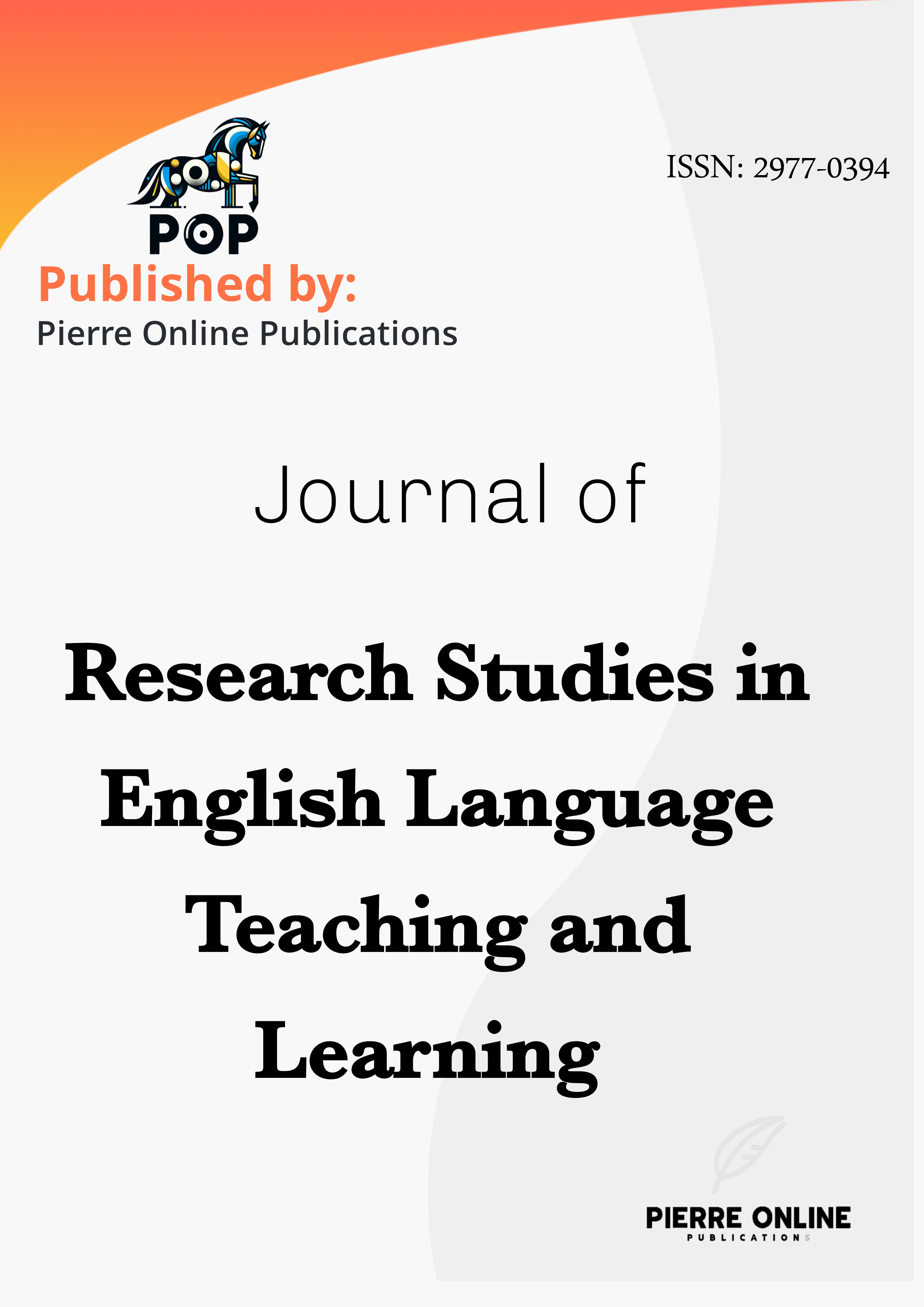Short Movies and Narrative Assessment in English Lessons
Main Article Content
Abstract
This research aims to investigate the use of short movies as an educational tool in students' learning of story elements, vocabulary components, and even cultural elements in an English class. It defines short films presented with the potential of a complementary source in developing language-learning experiences through brief narratives and visual presentation. This paper therefore unquestionably makes a contribution to literature on how visual media treat language acquisition, examining the effectiveness of short films as a pedagogical resource. This research focuses on the way the short films help students understand even such abstract and complicated story elements as, for example, plot structures, character development, dialogue, by giving them concrete example models. The present study deals with the question: "How do short films help to develop vocabulary meaning for better understanding, i.e., how to apply a new word or phrase in its meaning in the given context for learners? The study regards short films as windows to foreign cultural diversity that enable cultural consciousness and understanding for students. According to this research, the article has given a qualitative and quantitative analysis of the different ways through which short films help create a wholesome, interesting environment for students while learning English. As findings of the research evidenced, it is therefore very advisable that visual media, like short films, be highly applied and incorporated in English classes, since this has a very high potential in improving language and cultural training of students, and thus should contribute to growing their educational experience.
Downloads
Article Details

This work is licensed under a Creative Commons Attribution 4.0 International License.
The Research Studies in English Teaching and Learning (RSELTL) Journal adopts the Creative Commons Attribution 4.0 International License (CC BY 4.0). This license allows for the free distribution and modification of the work, provided that the original author and source are credited. The CC BY 4.0 license is designed to promote the dissemination of scholarly work while protecting the rights of authors.
Author Rights
Under the CC BY 4.0 license, authors retain extensive rights to their work, including but not limited to:
-
Ownership of Copyright: Authors maintain copyright ownership of their work, permitting them to deposit their work in institutional repositories, share their work as they deem appropriate, and publish their work elsewhere, provided that the original publication in RSELTL Journal is properly cited.
-
Use and Distribution: Authors are entitled to unlimited use and distribution of their own work for educational and scholarly purposes, as long as the original work is properly cited.
-
Adaptation and Derivatives: Authors have the right to adapt, modify, or create derivatives of their work, provided that the original work is properly cited, and the modifications do not misrepresent the original work.
User Rights
In accordance with the CC BY 4.0 license, users (readers, scholars, and researchers) are granted the following rights:
-
Access and Distribution: Users are allowed to read, download, copy, distribute, print, search, or link to the full texts of articles published in RSELTL Journal without seeking prior permission from the publisher or the author, as long as the original work and authorship are properly cited.
-
Creation of Derivative Works: Users may adapt or create derivative works from the RSELTL Journal articles, provided that the original work is properly cited, and the derivative work is distributed under the same CC BY 4.0 license.
Responsibilities and Restrictions
-
Attribution: Proper attribution must be given to the original author(s) and the RSELTL Journal, including provision of a link to the original work and indication if any changes were made.
-
No Additional Restrictions: Users must not apply legal terms or technological measures that legally restrict others from doing anything the license permits.
-
Commercial Use: The CC BY 4.0 license permits commercial use of the works, as long as the original work and authorship are properly cited.




